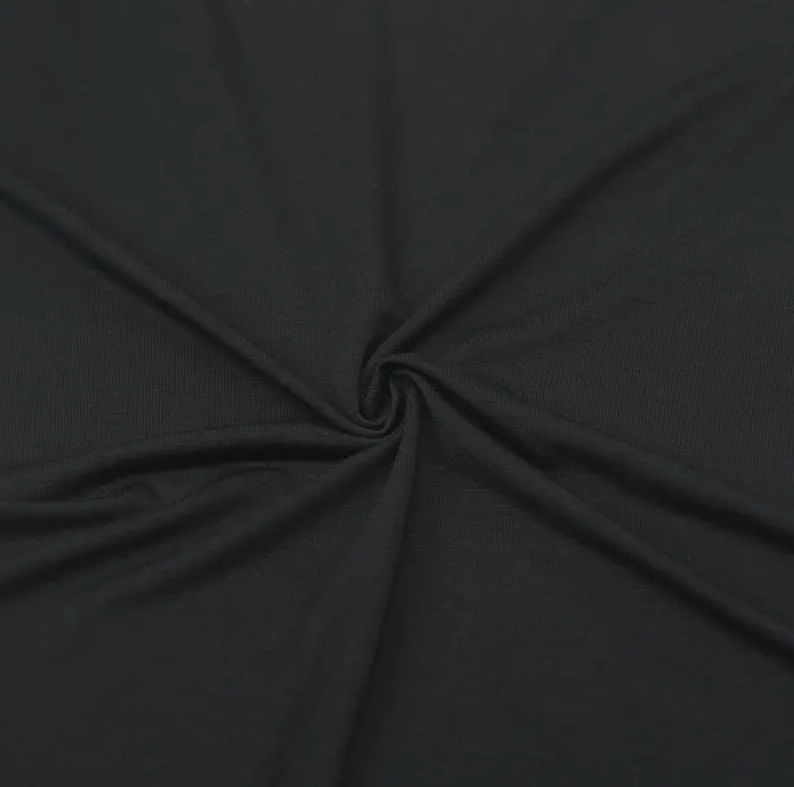2025-11-07
Content
Rayon (Viscose Rayon) is a common name for regenerated cellulose fiber. It is a fiber produced by chemically processing natural polymer materials (such as wood pulp, cotton linters, and other cellulose-rich raw materials), dissolving and spinning them.
Essentially, rayon is a "semi-synthetic" fiber—the raw materials are natural, but the processing is chemical.
Its main advantages are a soft hand feel, good drape, strong moisture absorption, and moderate price, making it a widely used fiber in the textile industry.
Although mainstream bamboo fiber fabrics (viscose method) are chemically classified as rayon, they differ significantly in their raw material sources and added properties:
Raw material source differences: Traditional rayon primarily uses wood pulp as its raw material, while bamboo fiber fabric is unique in that its raw material is bamboo, a rapidly renewable natural resource.
Core Performance Comparison: In terms of comfort, bamboo fiber fabric (viscose method) typically exhibits excellent moisture absorption and release properties, often superior to ordinary rayon products.
Added Value: Bamboo fiber fabric retains the inherent characteristics of bamboo, thus possessing certain natural antibacterial and anti-mite effects, which traditional rayon lacks.
Environmental Considerations: Although both involve chemical processing in their production, bamboo fiber fabric is more favored by the market due to the green and environmentally friendly concept of its raw materials.
When discussing bamboo fiber fabrics, at least three different processing technologies are involved, corresponding to different environmental characteristics and performance:
Viscose Bamboo: This is the most common type, commonly referred to as bamboo fiber rayon. It is produced using the viscose method, resulting in lower costs but greater environmental pressure.
Lyocell Bamboo: This is a more advanced regeneration technology (such as the bamboo fiber version of Tencel™). It uses non-toxic or low-toxic environmentally friendly solvents (such as NMMO) and can achieve nearly 100% solvent recycling, making it considered the most environmentally friendly form of bamboo fiber.
Bemberg Bamboo: Produced using the cuprammonium process, it is also a regenerated cellulose fiber with performance between the former two.
From the perspectives of "best" and "most environmentally friendly":
Most environmentally friendly: Undoubtedly, it is bamboo lyocell fiber. Its production process has the least negative impact on the environment of all bamboo fiber forms.
Best overall performance: Bamboo lyocell fiber maintains softness and moisture absorption while also having higher fiber strength and stability.
Market mainstream: Bamboo viscose fiber (i.e., bamboo fiber rayon) remains the mainstream choice for bamboo fiber fabrics in the market due to its cost advantage.
Therefore, the answer to the question, "Is bamboo fiber fabric the same as rayon?" is: partially yes, but not entirely. While mainstream products fall under the category of rayon, technological advancements have led to the development of more environmentally friendly bamboo lyocell fibers. Consumers, while seeking comfort, should also pay attention to product labels and choose more sustainable bamboo fiber fabrics.

Contact Us for More Details
Don't hesitate to contact when you need us!